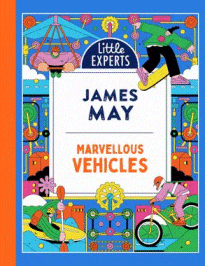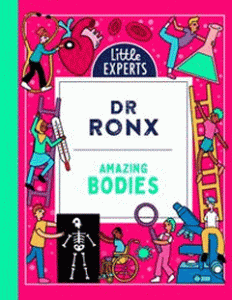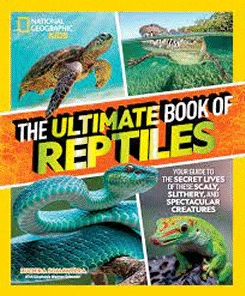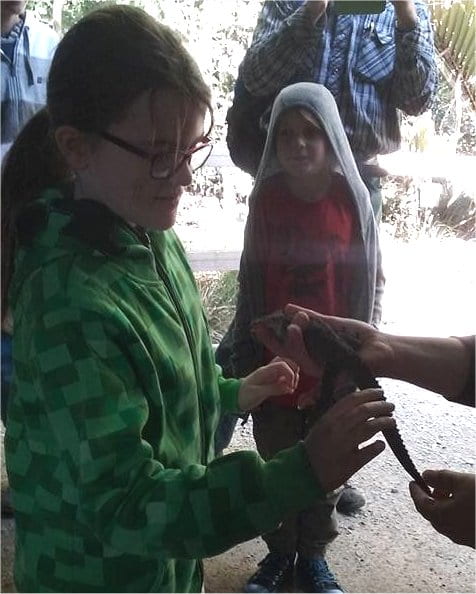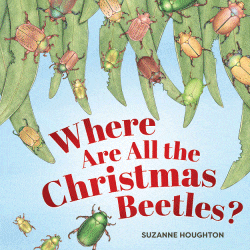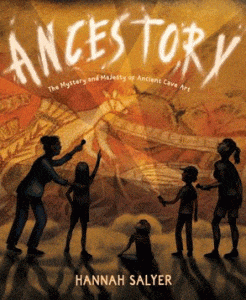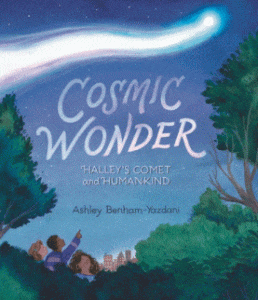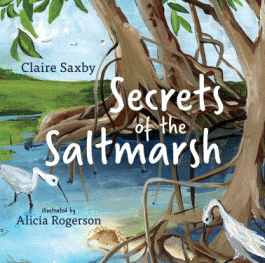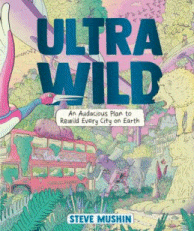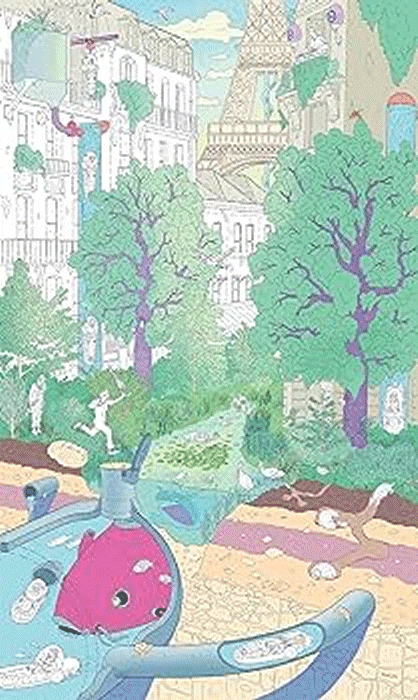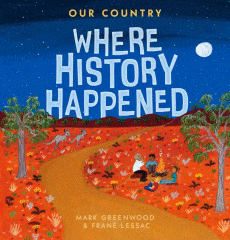
Our Country: Where History Happened
Our Country: Where History Happened
Mark Greenwood
Frané Lessac
Walker , 2023
40pp., hbk., RRP $A26.99
9781760653576
In the first book in this series, the creators took readers on a journey to the ancient wonders of this land – landscapes and landshapes that have existed for billions of years. Now, they have put its people in the picture, tracing some of the significant events that have shaped the life lived today.
Beginning with the statement, “The story of our country is told in stone”, the reader begins their new journey with a visit to Ubirr in the Northern Territory, one of over 100 000 important rock art sites around Australia that pass on the historical, cultural and spiritual knowledge of Australia’s First Nations peoples. They then move on to the significance of a pewter plate with a chiselled inscription nailed to a post in 1616 in Western Australia, showing that the story of this country can be told through pictures and words, artefacts and mementos just as much as it is through observed and lived events. The journey continues through a timeline of other important events – mapped out on the front endpaper – each including that basic statement, a broad explanation with language reminiscent of a tourist brochure as well as a brief, fact-filled paragraph about the event itself. And all set against a backdrop of Frané Lessac’s stunning artwork! Then, acknowledging that there is much more to this story than can be covered in a picture book, the final endpaper has a different timeline of other critical events inviting the reader to find out more and perhaps even produce their own entry for the book.
Younger students are often challenged by the relevance of having to study that which has happened before their time, particularly as their maturity level has them living in the here-and-now exacerbated by the instant connectivity the internet offers, and so this book is the most attractive and engaging way to introduce them to the concept of times past and how those times have shaped their here-and-now. Would we have had the recent Voice referendum, even the daily Acknowledgement of Country, if not for the work of Eddie Mabo? Would they have even been born in Australia if not for the impact of World War II on Europe and the waves of migrants who sought a new life here?
As well as being a must-have entry level book to learning about the history of the country they live in, the content, format and potential of this book ensures its inclusion in collections spanning all ages and abilities especially if students are old enough to step beyond what happened and consider what if… If Dirk Hartog had done more than nail a plate to a post and claimed this country for the Dutch; if French captain de Surville had turned west to investigate the land his crew claimed they could smell five months before Captain Cook claimed the continent for England…
History in the form of facts and figures, dates long gone and people long dead, can be greeted with a groan by many, but this series with its engaging format and just the right amount of information to bring it into the realm of the reader has the power and potential to grab the imagination and spark a desire to learn more. It epitomises the theme Australia: Story Country.
